Home>Furniture & Design>Interior Design Trends>What Happens If Home Decor Fabric Gets Wet
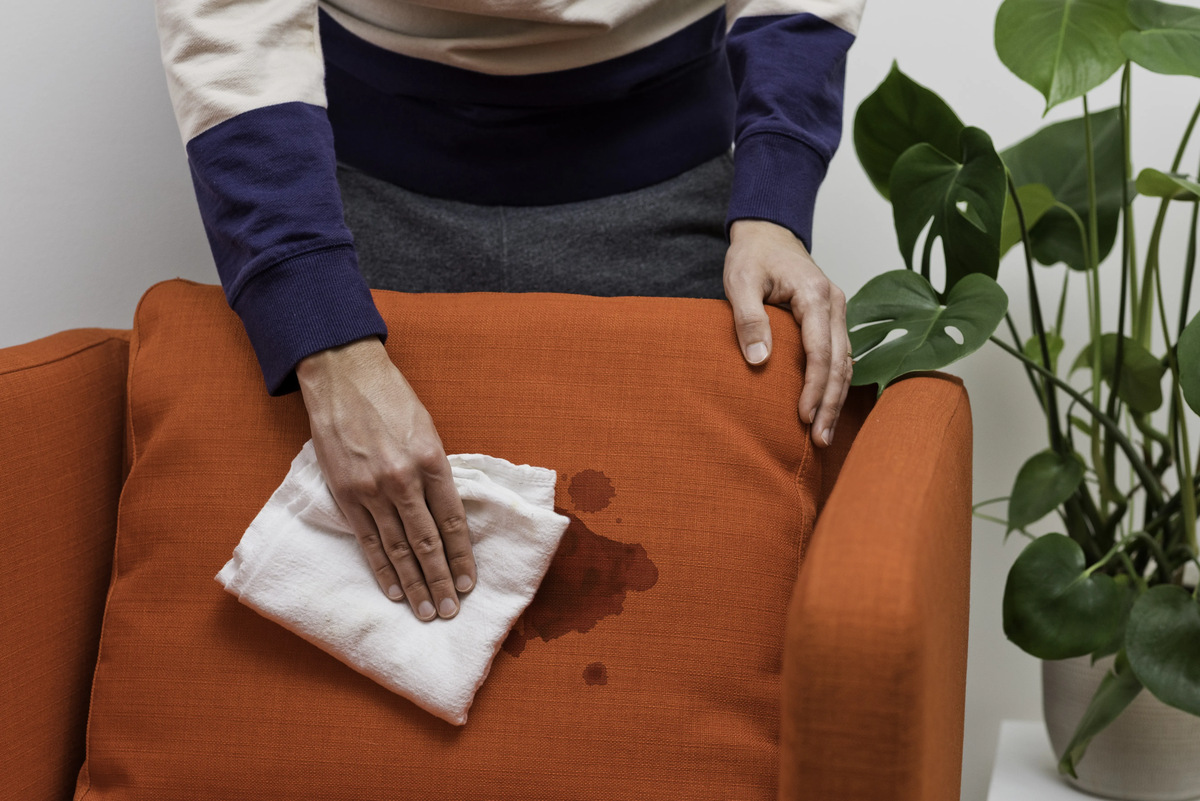

Interior Design Trends
What Happens If Home Decor Fabric Gets Wet
Modified: January 4, 2024
Discover the impact of moisture on home decor fabric. Explore the latest interior design trends for protecting and maintaining your furnishings.
(Many of the links in this article redirect to a specific reviewed product. Your purchase of these products through affiliate links helps to generate commission for Storables.com, at no extra cost. Learn more)
Introduction
When it comes to interior design, the choice of home decor fabrics plays a pivotal role in shaping the ambiance of a space. Whether it's the luxurious velvet adorning a sofa, the breezy linen curtains framing a window, or the vibrant upholstery fabric accentuating a chair, each fabric contributes to the overall aesthetic and comfort of a room. However, despite the careful selection and maintenance of these fabrics, unforeseen circumstances such as water exposure can pose a threat to their integrity and appearance.
In this article, we delve into the potential effects of water on various home decor fabrics and explore practical tips for drying and preserving them in the event of water damage. Understanding how different fabrics react to water and implementing effective damage control measures can empower homeowners to safeguard their beloved decor investments.
Join us as we unravel the nuances of home decor fabrics and equip you with the knowledge to mitigate the impact of water exposure, ensuring that your living spaces remain inviting and visually captivating.
Key Takeaways:
- Protect your home decor fabrics from water damage by using protective treatments, addressing leaks, and opting for moisture-resistant fabrics to maintain their beauty and functionality for years to come.
- When home decor fabrics get wet, prompt and proper drying is essential to minimize damage. Employ blotting, air circulation, and professional cleaning to preserve their integrity and visual appeal.
Read more: What Happens When Insulation Gets Wet
Types of Home Decor Fabrics
Home decor fabrics encompass a diverse array of materials, each with its unique texture, durability, and aesthetic appeal. Understanding the characteristics of different fabrics is essential for making informed choices in interior design. Here are some popular types of home decor fabrics:
- Cotton: Known for its breathability and versatility, cotton is a widely favored fabric for upholstery, draperies, and throw pillows. Its natural fibers lend a soft and inviting feel to living spaces, making it a popular choice for casual and relaxed interiors.
- Linen: Renowned for its crisp and airy texture, linen exudes a timeless elegance. Often used for curtains, tablecloths, and slipcovers, linen fabric adds a touch of sophistication to any room while allowing gentle light filtration.
- Velvet: Luxurious and opulent, velvet fabric boasts a plush pile that reflects light to create a captivating sheen. This fabric is favored for upholstery, drapery, and accent pillows, adding a sense of richness and glamour to interior spaces.
- Silk: With its lustrous finish and smooth touch, silk epitomizes luxury. Commonly utilized for drapery panels, bedding, and decorative accents, silk fabric infuses spaces with an indulgent and refined ambiance.
- Polyester: Recognized for its durability and resistance to wrinkles and fading, polyester fabric is a practical choice for upholstery, cushions, and outdoor decor. It offers a wide range of colors and patterns, making it a versatile option for various design preferences.
These are just a few examples of the diverse range of home decor fabrics available to homeowners and interior designers. Each fabric type brings its own set of characteristics and maintenance requirements, making it crucial to consider their unique attributes when adorning living spaces.
Effects of Water on Home Decor Fabrics
Water, while essential for life, can have detrimental effects on home decor fabrics if not addressed promptly. When fabrics are exposed to water, whether through spills, leaks, or high humidity, several potential consequences may arise:
- Staining: Many fabrics are susceptible to water stains, which can leave unsightly marks and discoloration. Water can cause dyes in the fabric to bleed, leading to noticeable spots and streaks.
- Shrinking: Natural fibers such as cotton and linen have a tendency to shrink when exposed to water. This can result in distorted shapes and compromised dimensions, affecting the fit and appearance of upholstery and drapery.
- Mold and Mildew: Excessive moisture can create an ideal environment for mold and mildew growth on fabrics. These unsightly and potentially hazardous developments can compromise the integrity of the fabric and pose health risks to inhabitants.
- Odors: Water-soaked fabrics are prone to developing musty odors, especially if not dried thoroughly. Lingering odors can detract from the overall ambiance of a room and necessitate extensive cleaning efforts.
- Deterioration: Prolonged exposure to water can weaken the fibers of certain fabrics, leading to deterioration and loss of structural integrity. This can manifest as fraying, pilling, or weakening of seams.
It is crucial to recognize the potential effects of water on home decor fabrics to mitigate damage and preserve the visual appeal and functionality of interior furnishings. Being proactive in addressing water exposure and implementing appropriate drying techniques can significantly minimize these adverse effects.
To prevent damage, blot the wet fabric with a clean, dry cloth and allow it to air dry completely. Avoid rubbing or wringing the fabric to prevent stretching or distortion. If the fabric is machine washable, follow the care instructions on the label.
Tips for Drying Wet Home Decor Fabrics
When home decor fabrics become wet due to spills, leaks, or other water-related incidents, prompt and proper drying is essential to minimize damage and prevent mold and mildew growth. Here are some effective tips for drying wet home decor fabrics:
- Blotting: For upholstery, cushions, and other fabric surfaces, begin by gently blotting excess moisture with clean, absorbent towels. Avoid rubbing, as this can spread the moisture and potentially damage the fabric fibers.
- Air Circulation: Maximizing air circulation is crucial for expediting the drying process. Open windows, turn on fans, and use dehumidifiers to facilitate airflow and reduce humidity levels in the affected area.
- Spot Testing: Prior to applying any cleaning or drying methods, perform a spot test in an inconspicuous area of the fabric to ensure that the chosen approach does not cause discoloration or damage.
- Professional Cleaning: In the case of extensive water damage or delicate fabrics, consider seeking professional cleaning services to ensure thorough and safe restoration of the affected items.
- Low Heat Drying: If applicable, use a low heat setting on hair dryers or portable fabric dryers to gently dry specific areas of the fabric. Maintain a safe distance to prevent overheating or damage.
- Steam Cleaning: For certain fabrics, steam cleaning can effectively remove moisture and refresh the material. However, it is essential to follow manufacturer recommendations and avoid excessive heat.
- Professional Consultation: When in doubt or dealing with valuable or antique fabrics, consult with professionals or the fabric manufacturer for tailored guidance on drying and restoring the materials.
By employing these tips, homeowners can take proactive measures to effectively dry wet home decor fabrics, mitigating potential damage and preserving the integrity and aesthetic appeal of their cherished furnishings.
Preventing Water Damage to Home Decor Fabrics
Prevention is often the most effective strategy for safeguarding home decor fabrics from water damage. By implementing proactive measures and maintenance practices, homeowners can minimize the risk of water-related incidents and preserve the longevity and visual allure of their interior furnishings. Here are valuable tips for preventing water damage to home decor fabrics:
- Use Protective Treatments: Consider applying fabric protectors or waterproofing treatments to upholstery, cushions, and other fabric surfaces to create a barrier against liquid absorption. This can help repel spills and mitigate the impact of accidental water exposure.
- Address Leaks and Moisture: Regularly inspect plumbing fixtures, roofs, and windows for leaks and moisture intrusion. Promptly addressing any signs of water infiltration can prevent extensive damage to fabrics and other interior elements.
- Opt for Moisture-Resistant Fabrics: When selecting home decor fabrics, prioritize moisture-resistant options for areas prone to water exposure, such as bathrooms and kitchens. Fabrics with inherent water-repelling qualities can withstand damp conditions more effectively.
- Maintain Proper Ventilation: Adequate ventilation is essential for reducing humidity levels and preventing moisture buildup in living spaces. Ensure that bathrooms, kitchens, and other moisture-prone areas are well-ventilated to minimize the risk of water-related fabric damage.
- Regular Cleaning and Maintenance: Uphold a routine cleaning schedule for home decor fabrics, including upholstery, curtains, and decorative textiles. Regular maintenance can help identify and address minor water-related issues before they escalate into significant damage.
- Quick Response to Spills: Accidents happen, and spills are inevitable in a home environment. Promptly addressing spills and moisture incidents by blotting and cleaning affected fabrics can prevent stains and mitigate water absorption.
- Proper Storage and Placement: When storing seasonal fabric items, such as linens and decorative pillows, ensure they are kept in dry, well-ventilated spaces to prevent moisture retention and mold growth.
By integrating these preventive measures into their home maintenance routines, homeowners can proactively protect their cherished home decor fabrics from water damage, preserving their beauty and functionality for years to come.
Read more: What Happens If Fake Grass Gets Wet?
Conclusion
Home decor fabrics are integral components of interior design, contributing to the visual appeal and comfort of living spaces. However, the susceptibility of these fabrics to water damage underscores the importance of understanding their unique characteristics and implementing effective preventive and remedial measures.
By familiarizing themselves with the diverse types of home decor fabrics and the potential effects of water exposure, homeowners can make informed choices in fabric selection and maintenance. In the event of water-related incidents, employing proper drying techniques and seeking professional assistance when necessary can mitigate damage and preserve the integrity of cherished furnishings.
Prevention remains paramount in safeguarding home decor fabrics from water damage. Through proactive measures such as using protective treatments, addressing leaks, and opting for moisture-resistant fabrics, homeowners can significantly reduce the risk of water-related fabric deterioration and maintain the allure of their interior spaces.
Ultimately, by integrating the insights and tips provided in this article into their home care practices, homeowners can nurture and protect their beloved home decor fabrics, ensuring that they continue to enrich and beautify their living environments for years to come.
Frequently Asked Questions about What Happens If Home Decor Fabric Gets Wet
Was this page helpful?
At Storables.com, we guarantee accurate and reliable information. Our content, validated by Expert Board Contributors, is crafted following stringent Editorial Policies. We're committed to providing you with well-researched, expert-backed insights for all your informational needs.

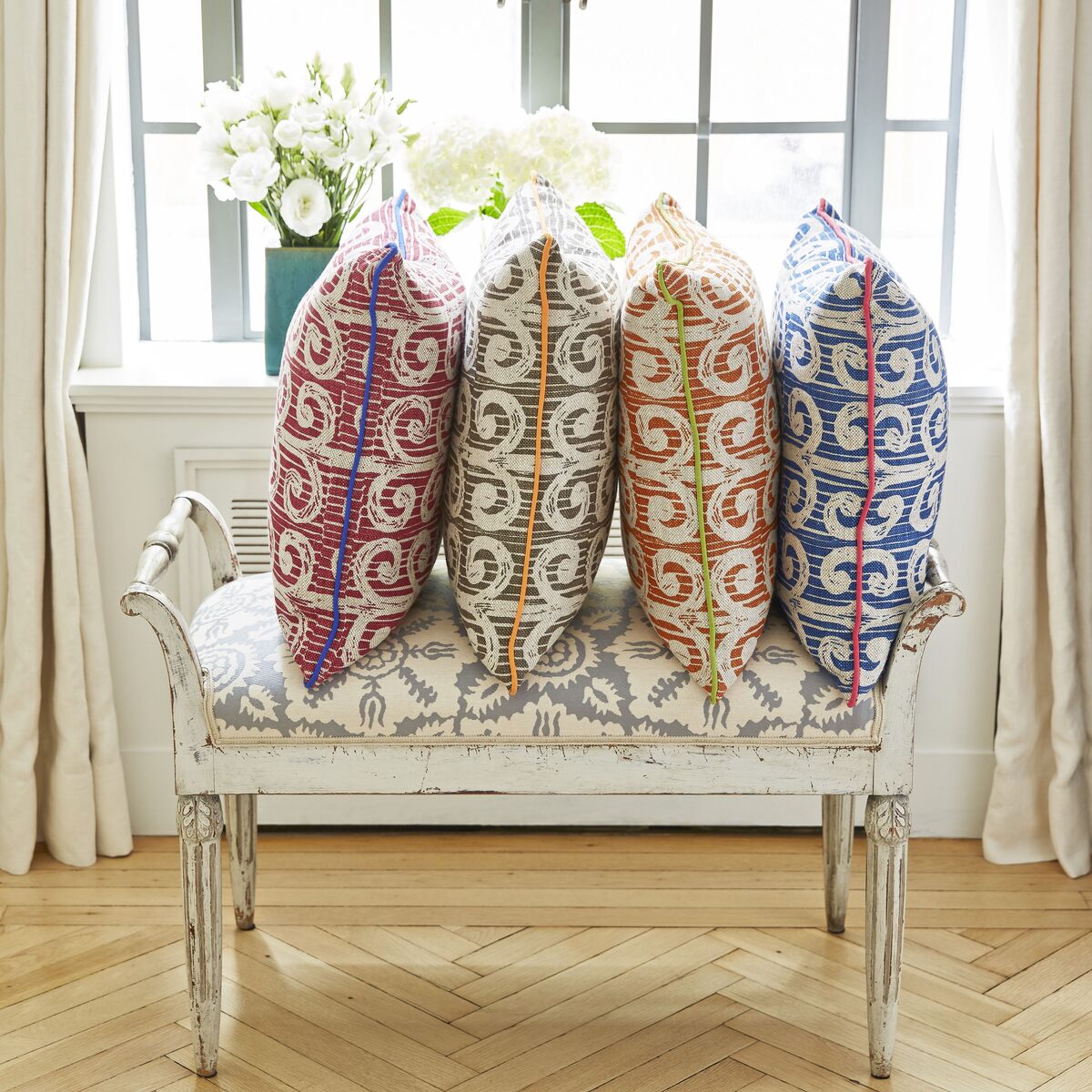
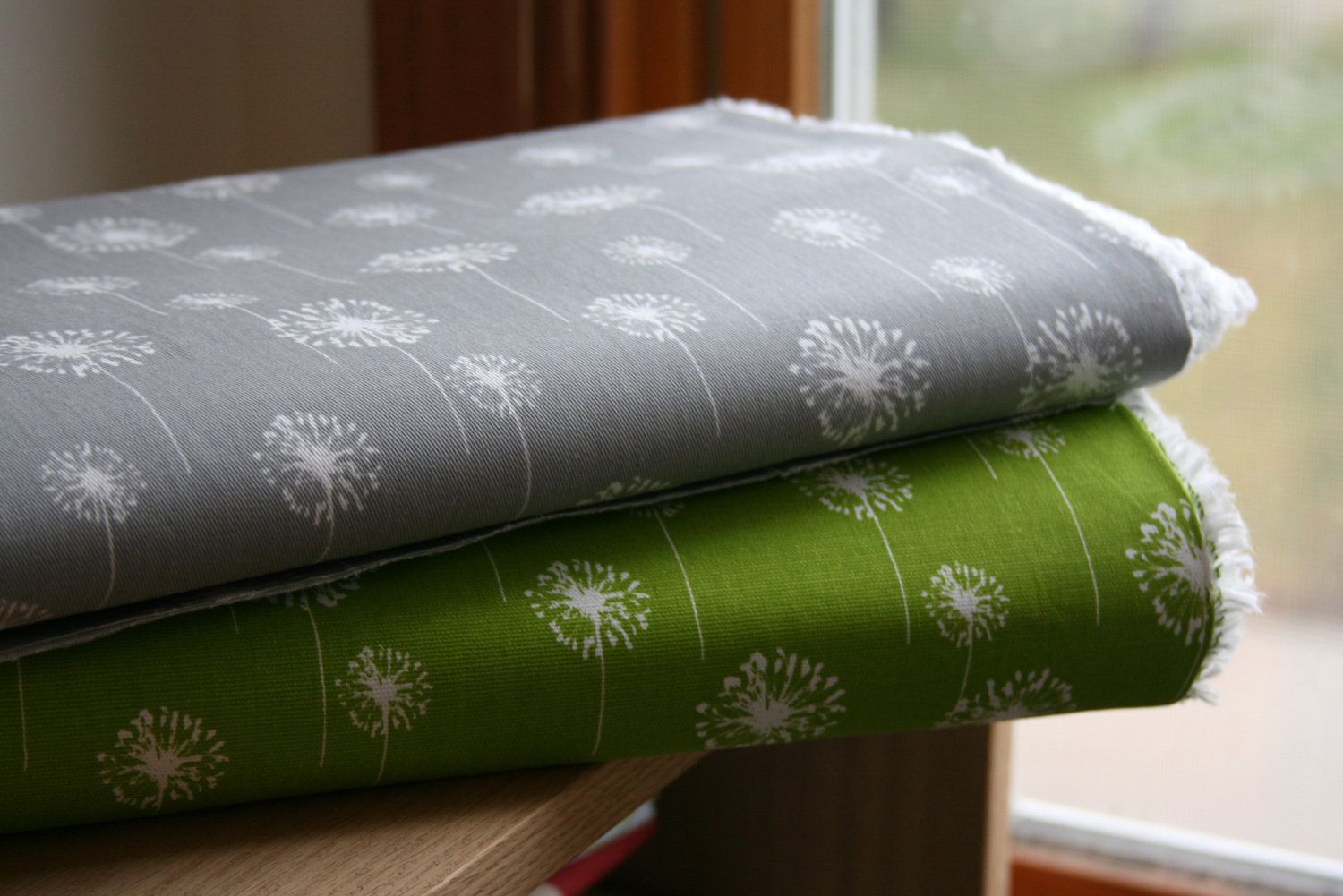
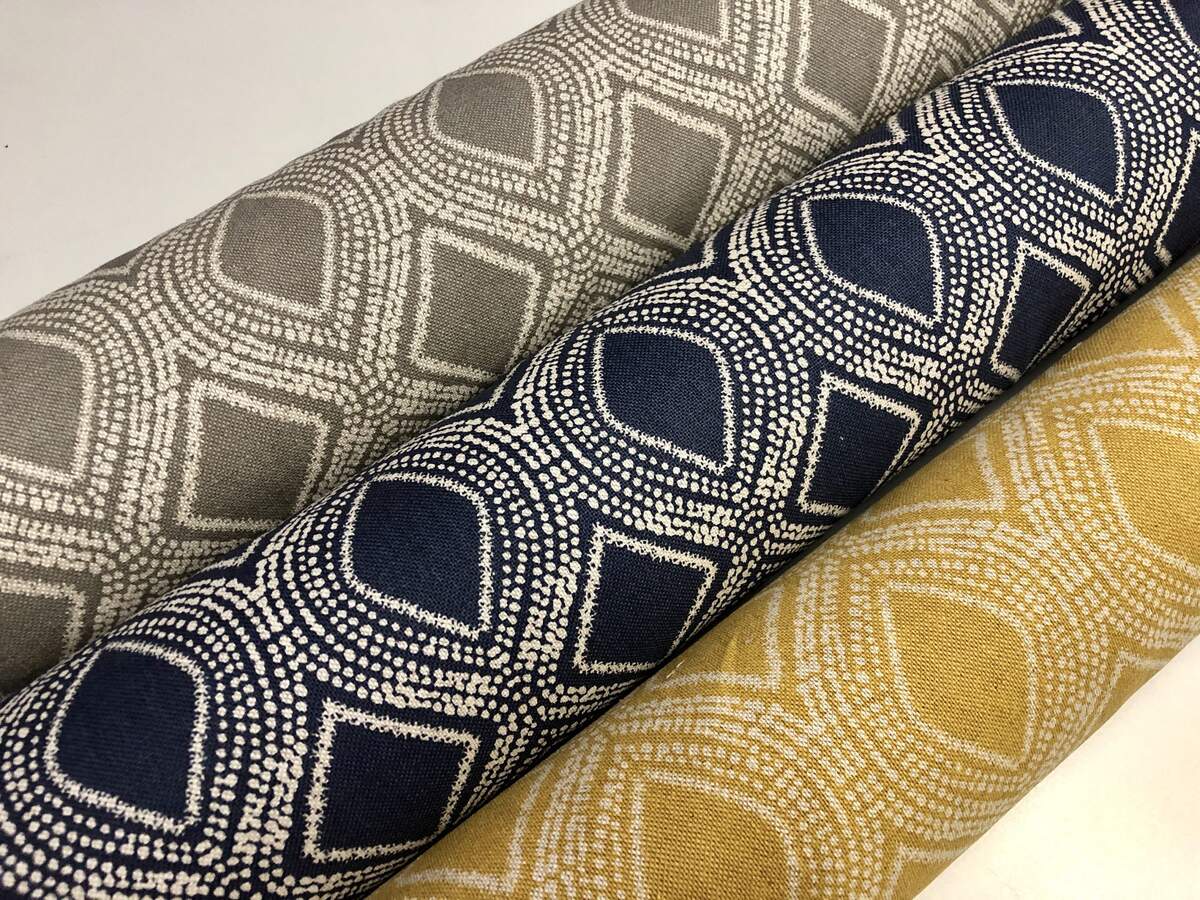
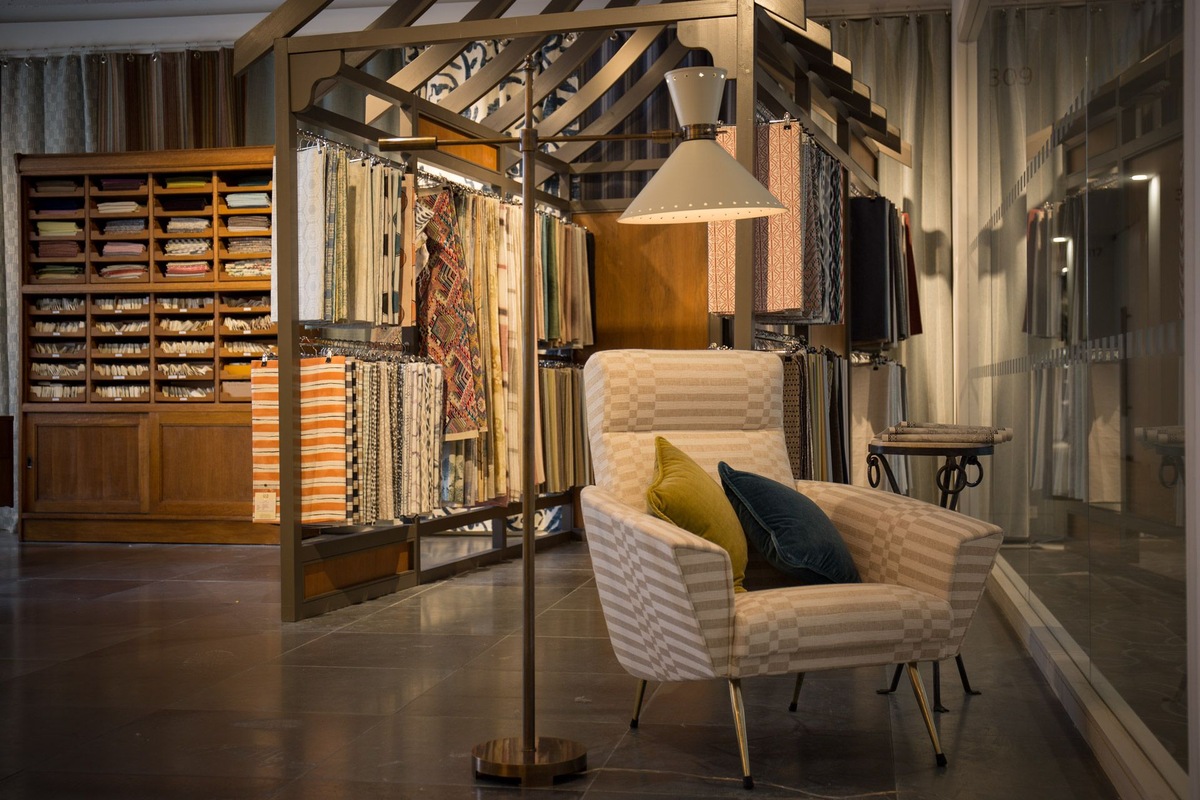
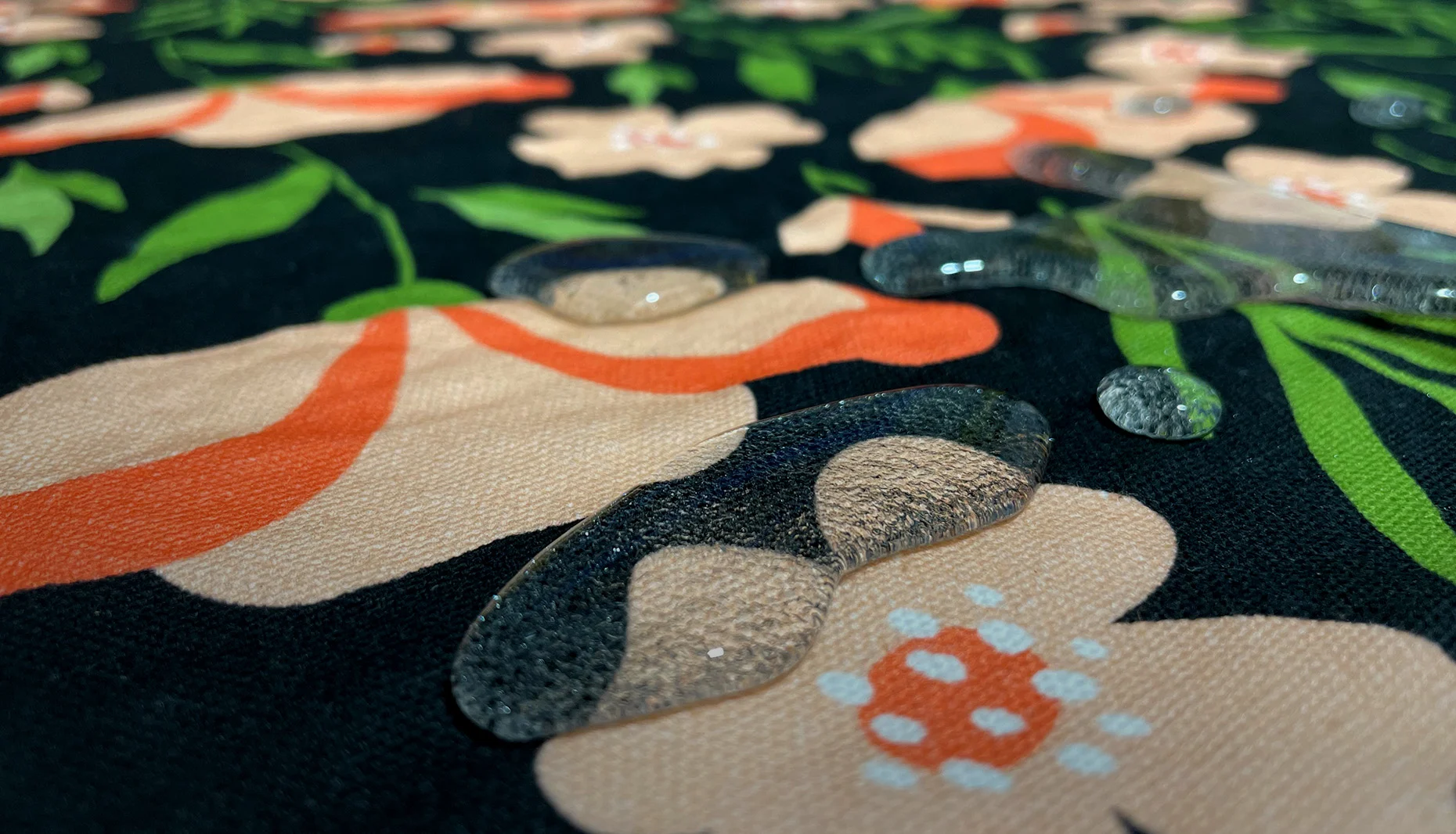


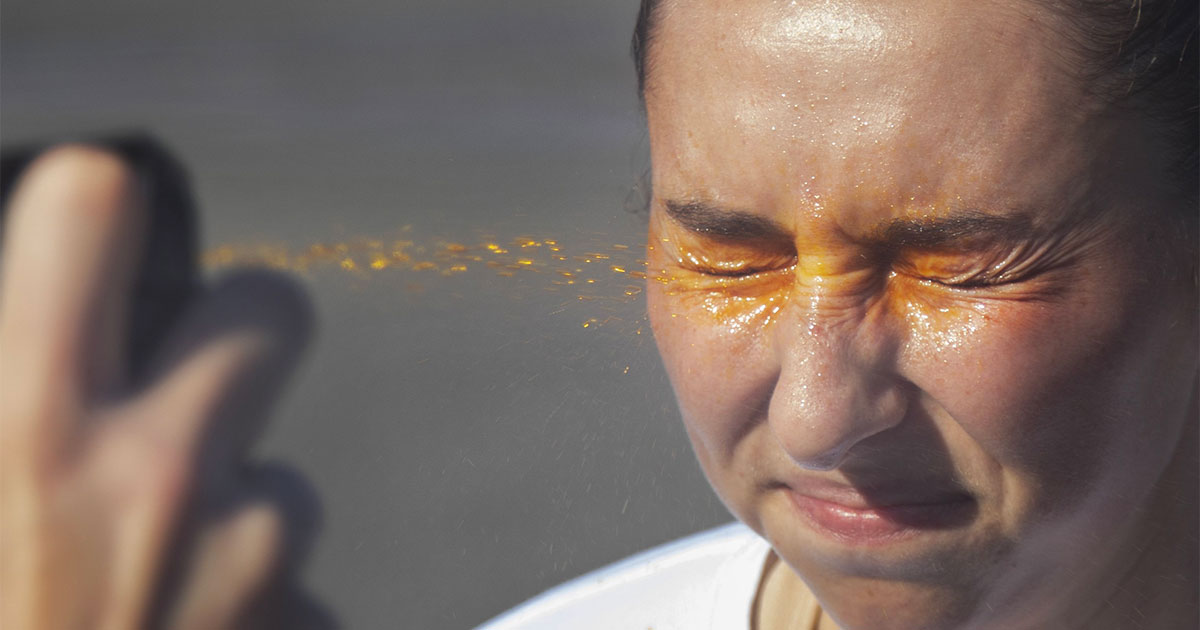
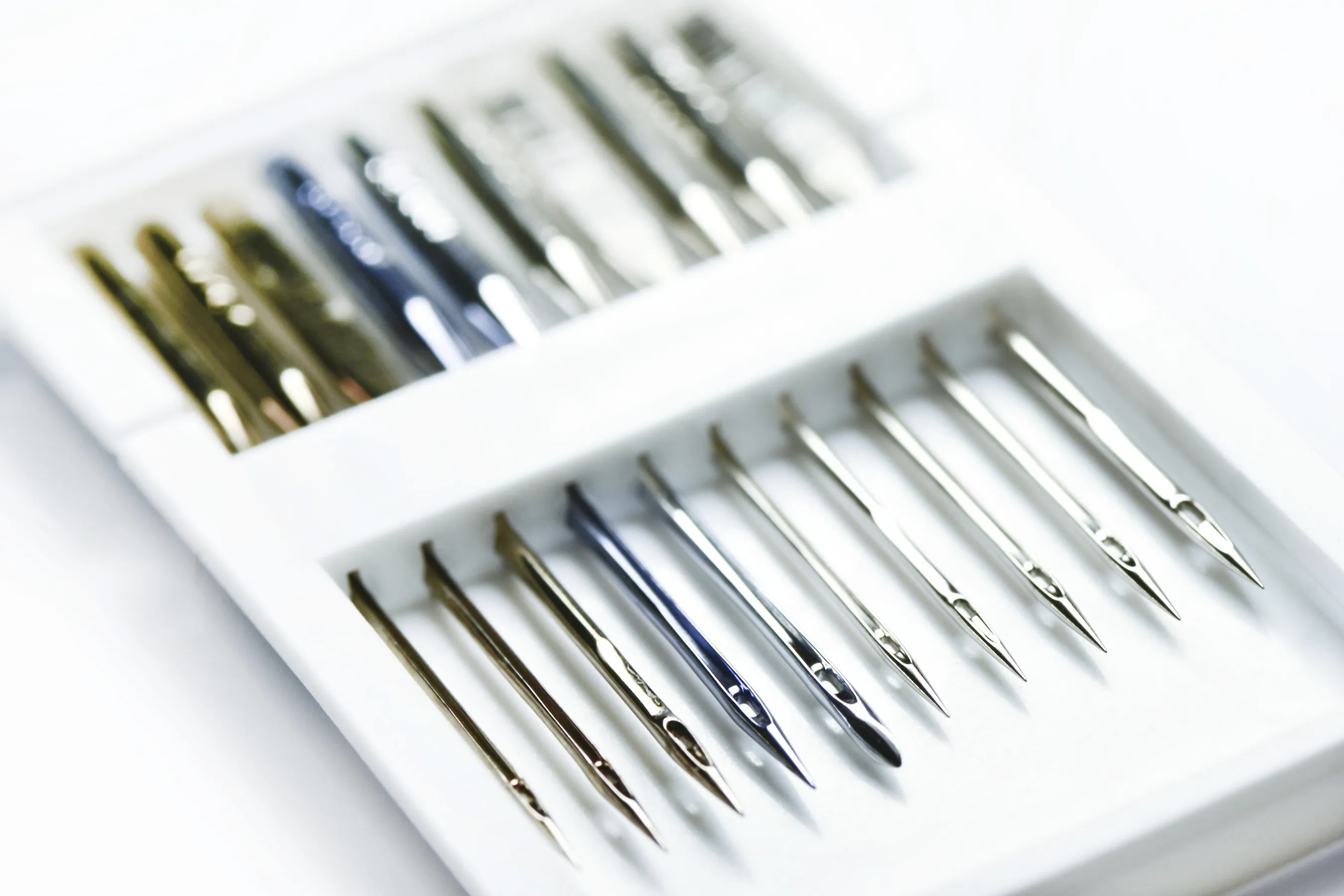

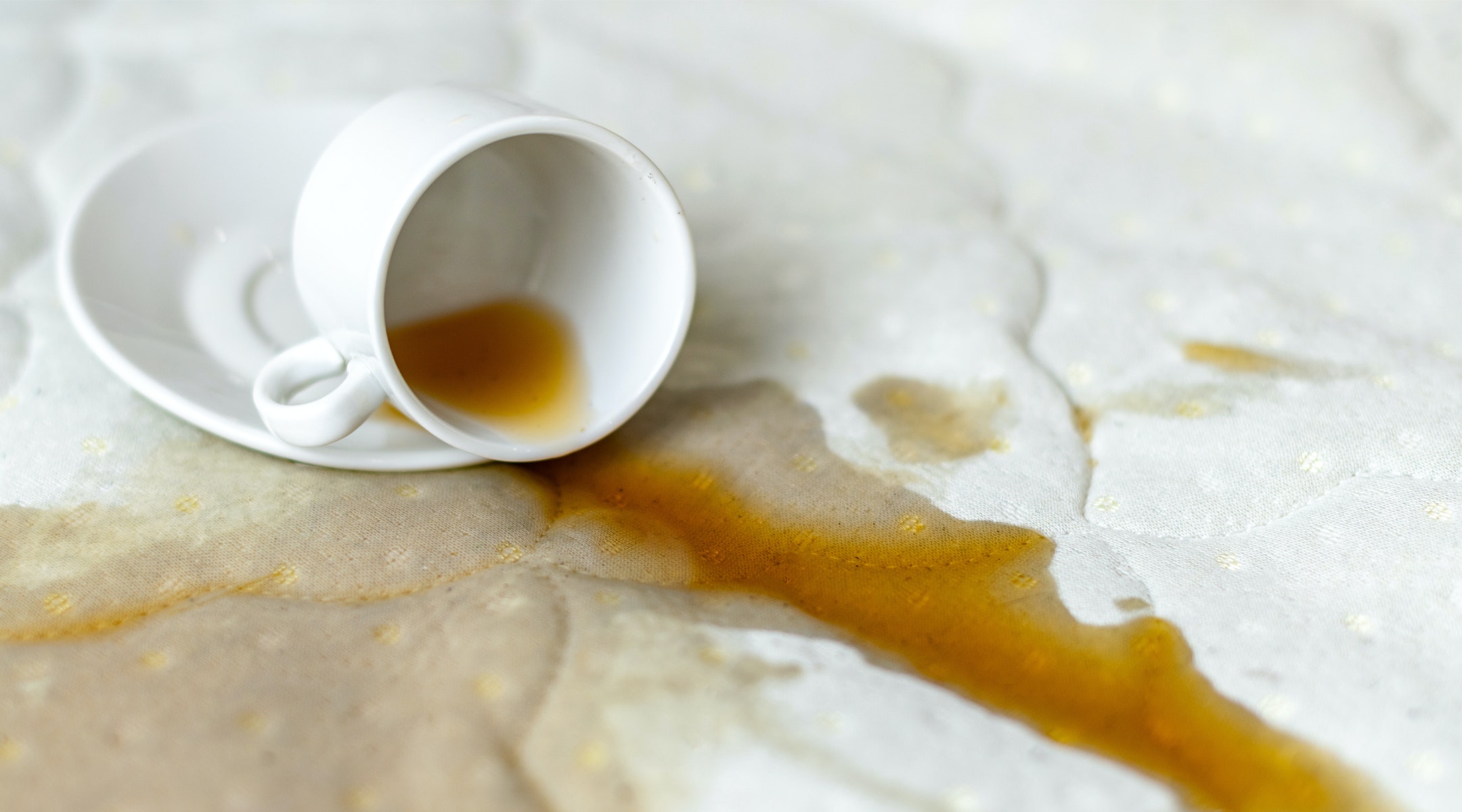
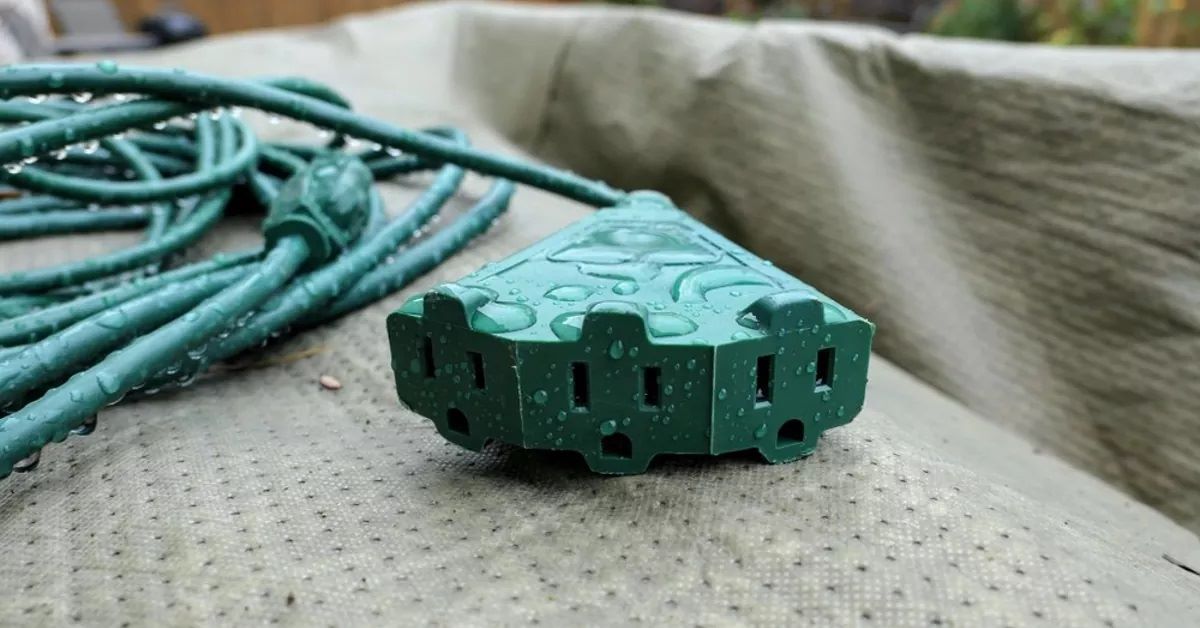
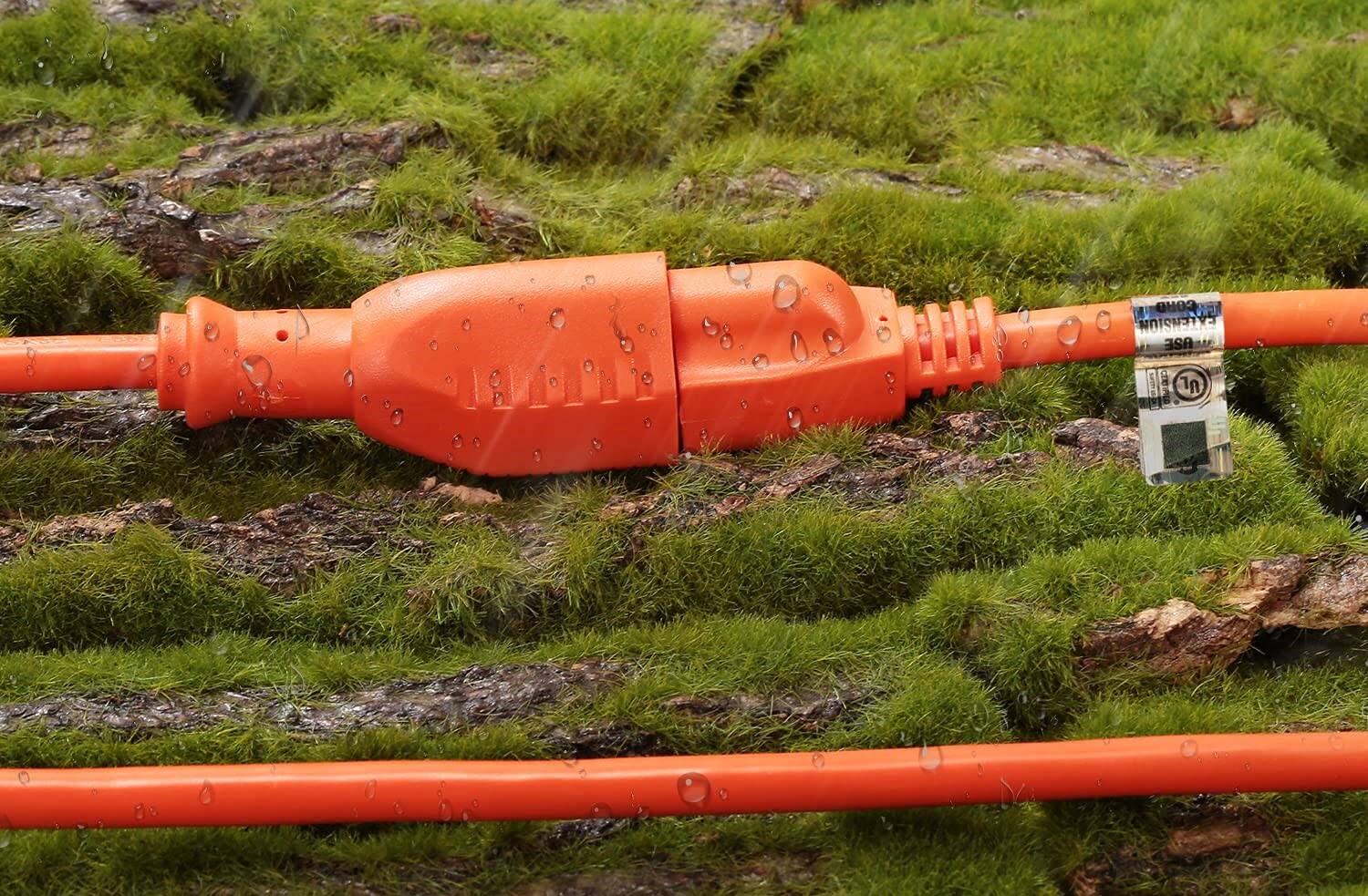

0 thoughts on “What Happens If Home Decor Fabric Gets Wet”